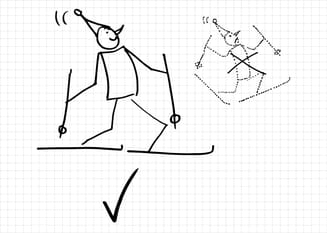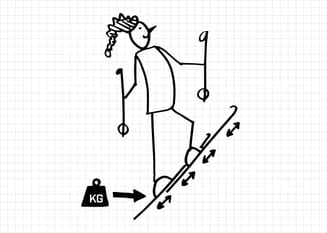10 Ski-Skin Tips
for enjoyable ski tours

TIP 01 - Attachment

TIP 02 - Walking Technique

TIP 03 - Sliding

TIP 04 - Stride Length

TIP 05 - Snow Build-Up

TIP 06 - Short Descents

TIP 07 - Detachment

TIP 08 - Repeated Attachments and Detachments

TIP 09 - Skin Adhesion Fails




